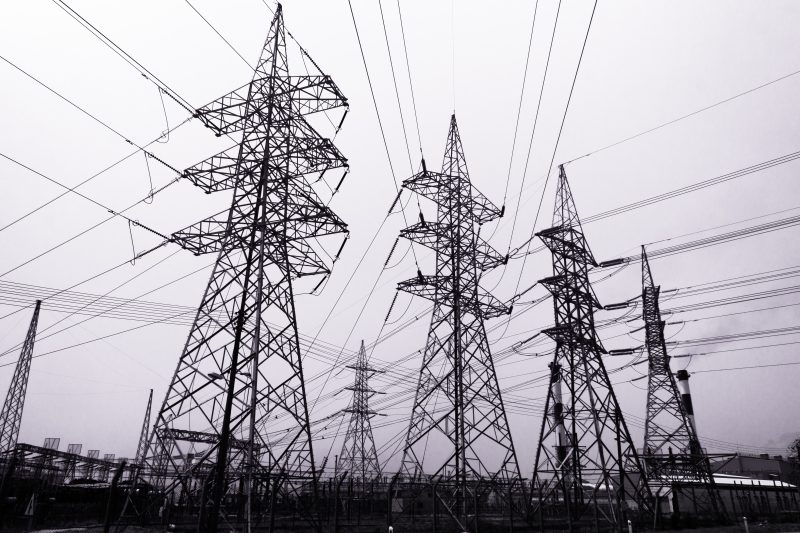
Intelligent grid solutions archive
Intelligent grid solutions enable high levels of local renewable energy, improve power quality, and enhance system resilience. The core intelligent grid solutions are:
- Distributed generation
- Demand response
- Forecasting & curtailment
- Advanced inverters
- Energy storage
- Monitoring, communications, & control (MC²)
Distributed generation
Distributed generation provides geographic and technology diversity, which greatly decreases the impacts of intermittency on system reliability and enables renewables to become the primary source of energy. Greater geographic diversity also decreases the effects of weather on system reliability. For example, passing clouds will have much less impact on the aggregate output of solar panels spread across multiple locations than solar panels grouped together.
Similarly, technological diversity makes it possible for renewable resources to serve demand during more hours during the course of a day. Renewable resources that deliver power in the evening, such as wind, can complement renewable resources that deliver power during daylight hours, such as solar. Generating energy close to load avoids the long-distance transmission of energy, while keeping energy dollars close to home.
Demand response
Demand response programs incentivize customers to reduce power consumption during high demand periods as an alternative to increasing supply with dirty and expensive peaker plants. A modern electric system will enable utilities’ widespread use of this affordable tool to accommodate increasing levels of intermittent renewable generation.
Forecasting & curtailment
Forecasting & curtailment allows for cost-effective balancing of supply and demand by forecasting output from intermittent generators and curtailing output when supply is greater than demand. This eliminates the need for new natural gas power plants and expensive spinning reserves.
Advanced inverters
Advanced inverters can provision fast, flexible reactive power to manage local voltage issues and provide critical fault ride-through for stable, efficient, and safe operation of the grid. Taking advantage of advanced inverter features is cheaper than building new facilities to provide these services and will allow utilities to defer grid upgrade investments. Installing advanced inverters will enable twice the penetration level of intermittent renewables. Read more here >>
Energy storage
Energy storage can provide many benefits to the grid, including instantaneous generation, voltage support, frequency regulation, and smoothing out variability of renewable output. Electric vehicles can act as a combination of distributed energy storage and demand response — responding to real-time pricing signals to charge during hours of low demand or high supply and dispatching energy to the grid when desirable to address high demand.
Monitoring, communications, & control (MC2)
Monitoring, communications, & control (MC2) links resources for coordinated and optimized grid operations. Distribution-level data visibility and sufficient granular control enable successful management of a 21st century grid. Eventually, system operators will be able to use MC2 to provide power for critical services during outages.
